
We may receive commissions from purchases made through links in this post, at no additional cost to you.
I try to be a good plant parent and provide everything my fig trees need to thrive (and produce tons of fruit!). Fig trees grown in the ground aren’t too needy, since their far-reaching roots have easy access to nutrients in the ground. But potted figs are in a different situation. Everything they need must be provided by the potting soil (and the gardener). So what is the best soil for fig trees grown in containers?
Potted fig trees need soil that is well-draining, nutrient-rich, and light enough to support healthy root growth. A combination of soilless mediums (perlite, vermiculite, sand, peat moss, coconut coir), compost, additives for acidity, and slow-release fertilizer works well for fig trees.
Providing the right growing medium is the first, and arguably most important, step in helping your potted figs to thrive. Let’s look at what makes up a good potting soil for fig trees.
What Kind of Soil does a Potted Fig Tree Need?
The best soil for container-grown fig trees is not “potting soil” at all, but “potting mix”. Potting mixes don’t contain any soil. They are generally sterile, which prevents pests (like fungus gnats or root-knot nematodes) and disease.
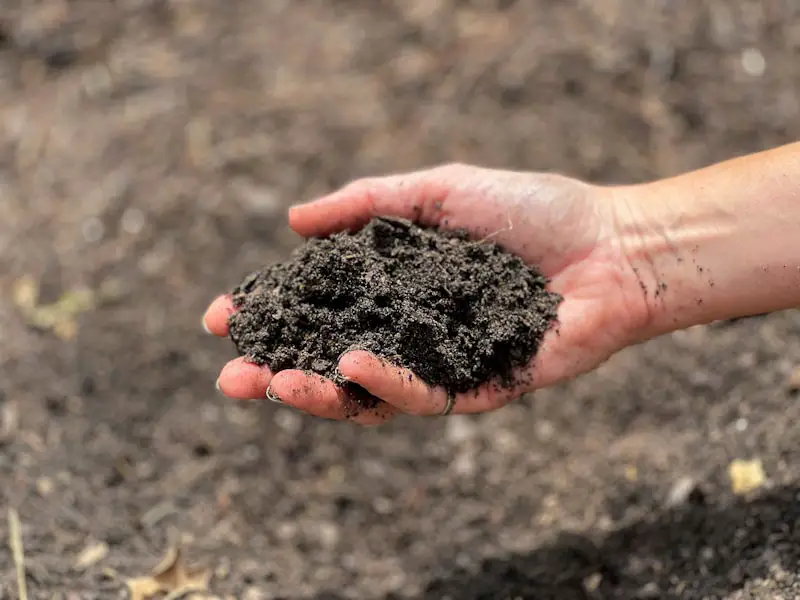
Unfortunately, digging up soil straight from the backyard is not a good choice for potted plants. Soilless growing mediums don’t include the harmful bacteria or fungi that regular dirt can harbor.
Figs originate from the Mediterranean, so they like fertile, well-draining soil that doesn’t stay too wet. In choosing a good fig potting mix, look for aerating ingredients that increase drainage (such as perlite, vermiculite, or pine bark) in combination with those that help with water retention (peat moss or coconut coir).
In addition to the soilless components, a good potting mix will include natural ingredients to add nutrients to the soil or adjust the pH. These could include bark fines, limestone, worm castings, bat guano, or composted manure.
A relatively lightweight potting soil is essential for fig trees. Not only is it important for root development – fig tree roots are vigorous and need space to grow – but those large pots can get heavy! If you live in a northern climate, the ability to move the container to protect it from frost is essential. Avoid potting mixes with too much sand, which can quickly get compacted and make the pot too heavy to move.
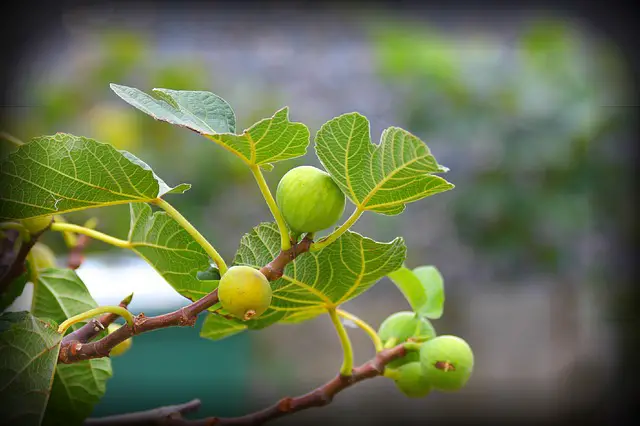
It’s best to choose a potting soil that doesn’t include slow-release fertilizer. Many commercial potting mixes that include fertilizer may have too much nitrogen, which encourages leafy growth over fruit production.
Some good mixes may include a starter fertilizer that is formulated to be absorbed quickly by the plant and help it adjust to the container. Add your own choice of slow-release fertilizer to ensure that the fig tree gets the nutrients it needs long-term. (Learn more about fertilizing fig trees here.)
Potting Soil Brands to Try
Using the guidelines above, there are many commercially available potting soils that will work well for fig trees. Here are a few of our favorite, tried-and-true brands.
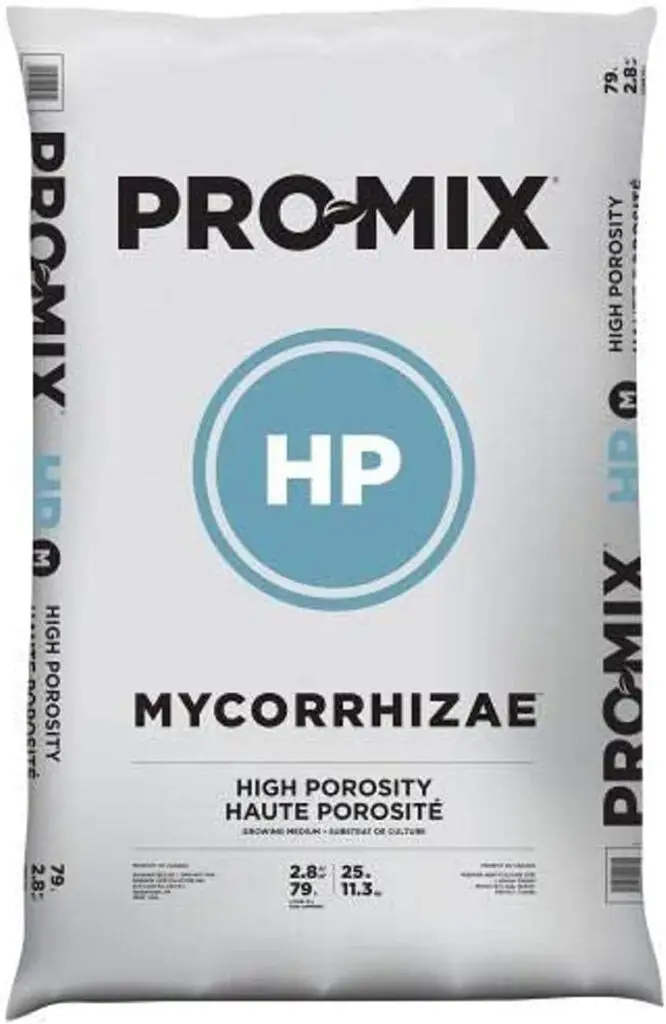
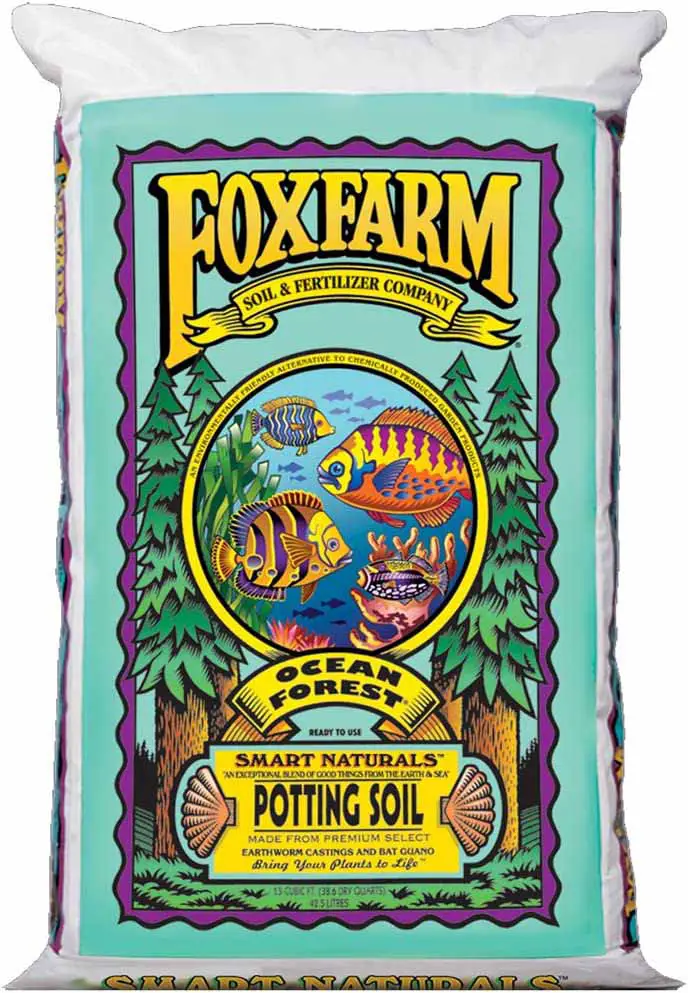

Fox Farm
Fox Farm’s Ocean Forest Potting Soil is a good lightweight option. It’s a blend of sphagnum peat moss, sandy loam, and composted forest humus, with earthworm castings, bat guano, crab meal, and other organic additives for nutrients. The pH is adjusted to be slightly acidic (between 6.3 and 6.8), which is ideal for fig trees. The Fox Farm Happy Frog Potting Soil is a similar organic, microbe-rich option.
Pro-Mix HP
A highly recommended (but somewhat pricier) option is the Pro-Mix HP Mycorrhizae potting mix. “HP” stands for high porosity, meaning it has a high concentration of perlite to increase drainage. It includes a starter fertilizer to help the roots acclimate and start to grow. The addition of mycorrhizae helps with disease resistance and nutrient absorption.
Baccto
Baccto Premium Potting Soil is a good cheaper alternative to the Pro-Mix HP, particularly if you add a little more perlite. It’s made from peat moss, perlite, sand, limestone, and other ingredients and includes both starter and slow-release fertilizers, making it a good choice for those who may have trouble keeping up with a fertilizing regimen. The Baccto Lite Premium Potting Soil is similar but doesn’t include sand, making it a more lightweight option.
How to Make Your Own Fig Tree Potting Mix
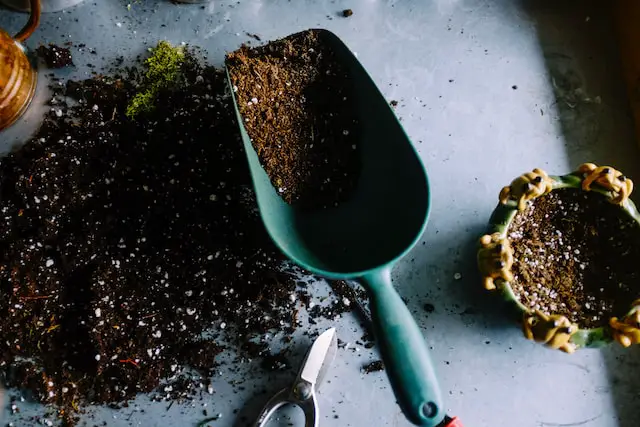
Commercially available potting mixes are simple to use straight out of the bag, and you can be reasonably sure of success. But that success comes with a price…literally. A well-established, medium-sized potted fig tree (such as Brown Turkey) may need a container as large as 15-20 gallons, which equates to a lot of potting mix.
For a cheaper alternative to buying potting mix, make your own. A simple mixture of ingredients that aerate, retain moisture, and provide nutrients will make both your fig tree and your wallet happy.
The proportion of peat moss to perlite (or whatever equivalents you use) should be adjusted based on your climate. If you live in a humid climate with a rainy season, you may want to add more perlite for drainage. If you live in a hot, dry area, you could increase the amount of peat moss and/or compost to help with moisture retention.
Many fig growers will buy an inexpensive but reliable potting mix, such as Kellogg All-Natural Organic Potting Mix, then add more perlite or peat moss to customize it to their needs.

Basic Foolproof Potting Mix for Fig Trees:
- 2 parts pine bark fines, sifted pine bark mulch and/or sand
- 1 part coarse perlite and/or vermiculite
- 1 to 2 parts peat moss and/or coconut coir
- 1/2 to 1 part well-composted manure
- Slow-release organic granular fertilizer – follow package instructions for recommended amount)
- Garden lime (to lower acidity) or acidifier (to increase acidity) – add necessary amount for a pH of 6.0-7.0 (you can check acidity with an inexpensive soil pH test kit)
What Soil is Best for Rooting Fig Cuttings?
When rooting fig tree cuttings, use a soilless mix that holds moisture but allows water to drain without getting heavy. Most commercial potting mixes work well. An economical option is to make your own with 70-75% peat moss, 25-30% perlite, and a small amount of organic granular fertilizer.
A seed-starting potting mix, such as Burpee Organic Seed Starting Mix, is a great commercial option for rooting fig tree cuttings. This one is made from coconut coir, perlite, and organic plant food, so it provides the perfect environment for cuttings to take root. (For more information on how to propagate fig trees from cuttings, check out this article.)

Should You Replace the Soil When You Repot?
Replace the soil in potted fig trees every 2-3 years. Potting soil in use for too long can become compacted, depleted of nutrients, and can harbor pests and fungus.
When your fig tree grows too large for its pot, remove the plant and gently shake off excess soil. Repot the tree in a slightly larger pot using fresh potting mix. Make sure the soil is level where the root ball meets the stem (not too deep). Water until moist, without soaking.
You can replace the soil even if the tree doesn’t need to be moved to a larger pot. Remove the tree, shake off the excess soil, and put it back in the same (cleaned) pot with fresh potting mix. If necessary, trim up to 25% of the root ball before returning it to the pot.
Is it Better to Grow Figs in Pots or in the Ground?
Common figs are generally large trees with extensive root systems. Growing a fig tree in the ground will allow it to reach its full size because the roots can seek out the nutrients the plant needs. As a result, in-ground fig trees often need little to no extra fertilizer or watering – meaning less work for you.

On the other hand, most fig trees are only hardy to USDA zone 7 without some sort of winter protection. Fig trees grown in-ground in northern climates may need to be mulched and wrapped to prevent dieback due to the cold. If you live in a mild climate, then a fig tree planted in the ground will be much easier to maintain.
Potted fig trees stay smaller than those planted in the ground since their roots are restricted by the container. However, somewhat rootbound fig trees may produce more fruit. The plant puts more of its energy into reproducing (ie, making figs) rather than growing roots or leaves.
Container-grown fig trees are also moveable and can be wheeled into a shed, garage, or another (unheated) frost-free area for overwintering.
It does take more work to maintain a potted fig tree during the growing season. Even large pots can dry out quickly in hot weather and must be watered frequently. Nutrients in the soil get used up quickly and must be replaced with regular fertilizing. (Read Potted vs. In-Ground Fig Trees: Which is Better? for more on which is the right choice for your situation.)

